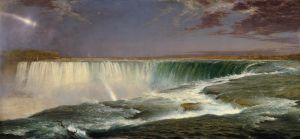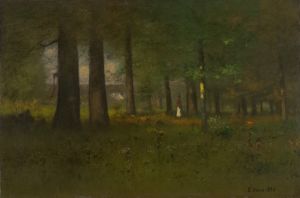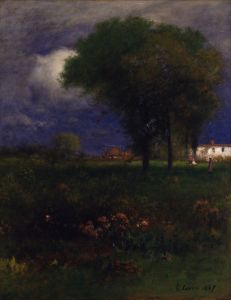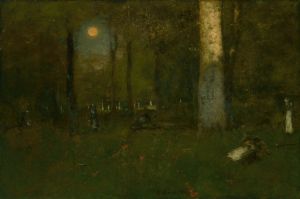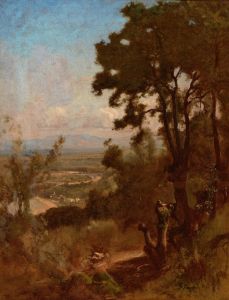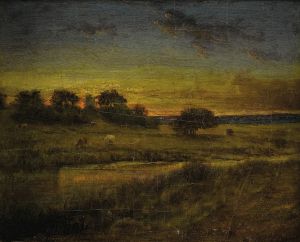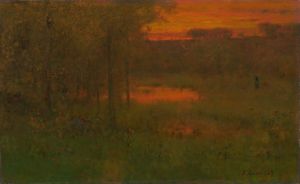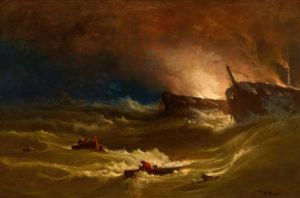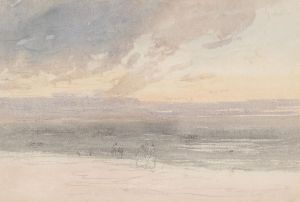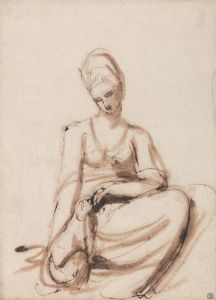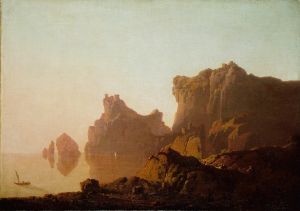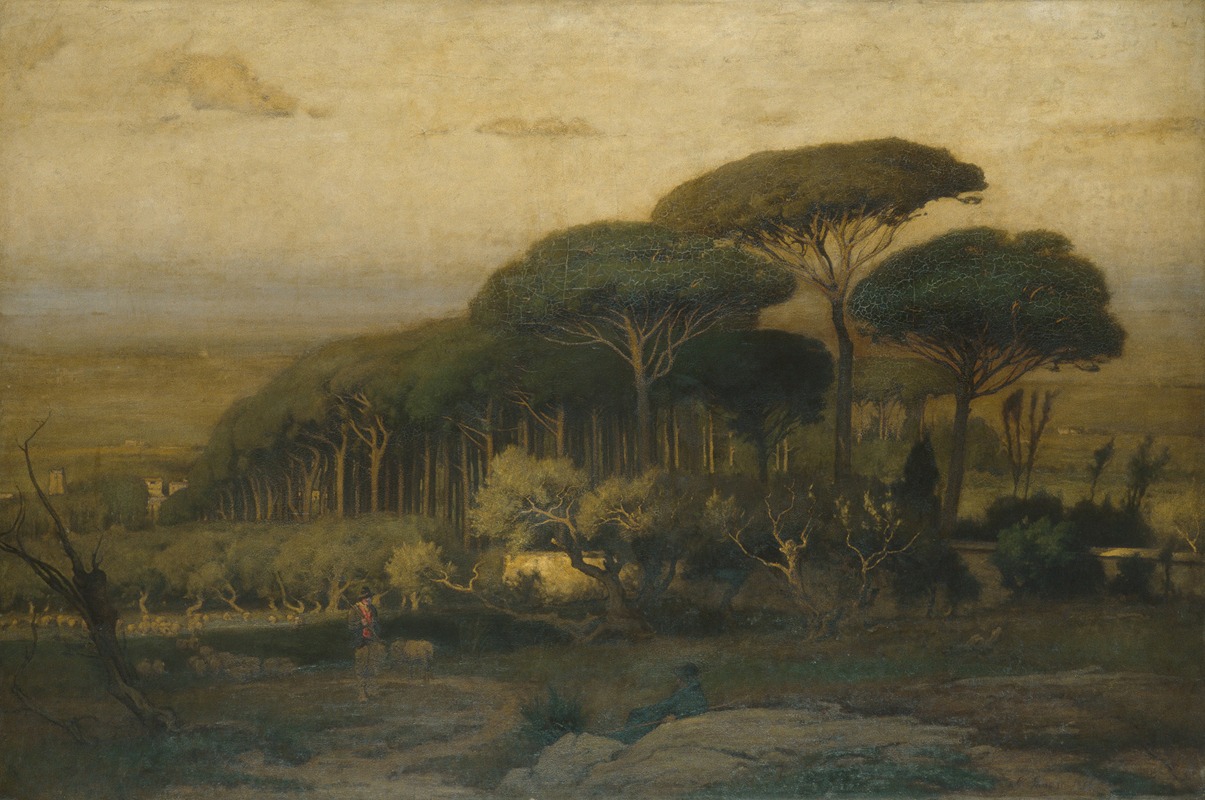
Pine Grove of the Barberini Villa
A hand-painted replica of George Inness’s masterpiece Pine Grove of the Barberini Villa, meticulously crafted by professional artists to capture the true essence of the original. Each piece is created with museum-quality canvas and rare mineral pigments, carefully painted by experienced artists with delicate brushstrokes and rich, layered colors to perfectly recreate the texture of the original artwork. Unlike machine-printed reproductions, this hand-painted version brings the painting to life, infused with the artist’s emotions and skill in every stroke. Whether for personal collection or home decoration, it instantly elevates the artistic atmosphere of any space.
George Inness was an influential American landscape painter, known for his unique approach to capturing the natural world. One of his notable works is "Pine Grove of the Barberini Villa," which exemplifies his mature style and philosophical approach to art. Inness was born in 1825 in Newburgh, New York, and he became a leading figure in the Tonalist movement, which emphasized mood and atmosphere over detailed representation.
"Pine Grove of the Barberini Villa" was painted during a period when Inness was deeply influenced by the Barbizon School and the works of European masters. The Barbizon School, based in France, was known for its realistic and detailed portrayal of nature, often focusing on the effects of light and shadow. Inness's exposure to this style during his travels in Europe significantly impacted his artistic development.
The painting itself captures a serene and contemplative scene, likely inspired by the landscapes Inness encountered during his travels in Italy. The Barberini Villa, located in the town of Castel Gandolfo near Rome, was a place of great beauty and historical significance, providing a rich source of inspiration for artists. Inness's depiction of the pine grove reflects his interest in the spiritual and emotional resonance of the landscape.
Inness's technique in this painting is characterized by his use of soft, diffused light and a harmonious color palette, which creates a sense of tranquility and introspection. He often employed a method of layering thin glazes of paint to achieve a luminous quality, allowing the viewer to feel the atmosphere of the scene rather than focusing on precise details. This approach aligns with his belief that art should convey the spiritual essence of nature, rather than just its physical appearance.
Throughout his career, Inness was influenced by the philosophical ideas of Emanuel Swedenborg, a Swedish theologian and mystic. Swedenborg's writings emphasized the connection between the physical and spiritual worlds, a concept that resonated deeply with Inness. This influence is evident in "Pine Grove of the Barberini Villa," where the landscape serves as a medium for exploring deeper spiritual truths.
Inness's work, including this painting, played a significant role in the development of American landscape painting. He moved away from the more literal and detailed style of the Hudson River School, instead favoring a more expressive and atmospheric approach. This shift helped pave the way for future generations of American artists to explore new ways of representing the natural world.
"Pine Grove of the Barberini Villa" is a testament to George Inness's ability to blend technical skill with a profound philosophical vision. His work continues to be celebrated for its ability to evoke emotion and contemplation, inviting viewers to experience the beauty and mystery of the natural world in a deeply personal way.





